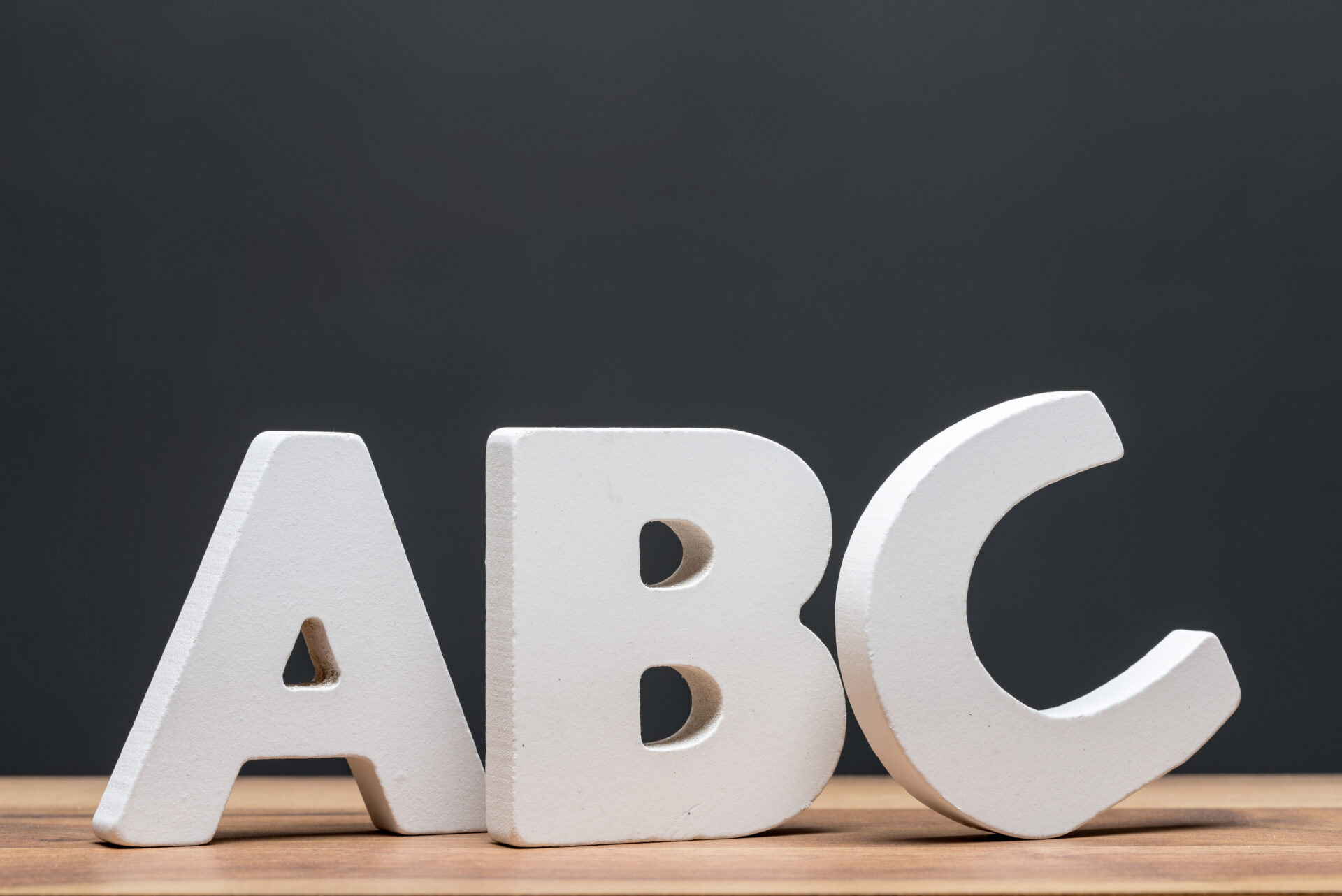Table of contents
- What is a 1031 Exchange?
- Why You Need to Know 1031 Exchange Terms
- Like-Kind Property
- Qualified Intermediary (QI)
- Relinquished Property
- Replacement Property
- Identification Period
- Exchange Period
- Boot
- Tax Deferral
- Constructive Receipt
- Deferred Exchange
- Reverse Exchange
- Improvement Exchange
- Simultaneous Exchange
- Practical Tips for Navigating 1031 Exchange Terminology
- Conclusion
If you’re a real estate investor, chances are you’ve heard about the benefits of using a 1031 exchange to defer taxes. It sounds great, right? Sell one property, buy another, and push those capital gains taxes down the road. But, like many things in real estate, it’s not as simple as it sounds. Understanding 1031 exchange definitions is crucial. To successfully navigate a 1031 exchange, you’ve got to understand some pretty specific terms. That’s what we’re going to break down today – no jargon overload, just a helpful guide to the essential terminology you’ll encounter when working through a 1031 exchange. This 1031 exchange term glossary will assist.
Let’s dive in and get you familiar with the common terms used in 1031 exchanges.
What is a 1031 Exchange?
Before we jump into the jargon, let’s quickly cover the basics. A 1031 exchange (named after Section 1031 of the Internal Revenue Code) is a tax-deferral strategy where you can sell an investment property and use the proceeds to buy another like-kind property, deferring capital gains taxes in the process.
Now, this isn’t a loophole to avoid taxes altogether – eventually, when you sell the new property without doing another exchange, you’ll have to pay the taxes. But with smart planning, you can keep deferring taxes for years, allowing your wealth to grow without the IRS taking a bite. One key to smart planning is to under the 1031 exchange terms used.
Why You Need to Know 1031 Exchange Terms
Understanding the terms used in 1031 exchanges is crucial because the IRS has strict rules and timelines for real estate exchanges you must follow. Misunderstanding one of these terms could cost you the tax deferral and leave you with a hefty bill. Plus, when you’re dealing with professionals like qualified intermediaries (we’ll get to that in a minute), speaking their language helps you stay in control of the process.
So, let’s break it down with the essential definitions of 1031 exchange terms.
Like-Kind Property
What does “like-kind” really mean?
At the heart of every 1031 exchange is the requirement that you exchange your property for another of “like-kind.” But don’t worry, this doesn’t mean that you have to trade your duplex for another duplex, or your office building for another office building. The term “like-kind” refers to the nature or character of the property, not its grade or quality.
In practice, this means you can exchange almost any type of real estate for another, as long as both are held for investment or business purposes. For example:
- You can exchange raw land for an apartment building.
- You can trade a rental property for a commercial space.
What you can’t do:
- You can’t exchange property used personally (like your primary residence) for an investment property.
- You can’t exchange stocks, bonds, or inventory.
The flexibility of like-kind exchanges is one of the reasons they’re so popular among investors. However, the properties do need to be used for investment or business – no personal-use properties allowed!
Qualified Intermediary (QI)
Who is a Qualified Intermediary (QI), and why do you need one?
In a 1031 exchange, you can’t just sell your property, pocket the cash, and then buy a new one. That would trigger the capital gains tax. Instead, you need to use a Qualified Intermediary (QI). This person or company acts as a middleman and facilitates the exchange. This is what WealthBuilder 1031 does every day.
Here’s how it works:
- When you sell your property, the proceeds go directly to the QI, not to you.
- The QI holds the funds until you close on your replacement property.
- The QI then uses those funds to buy the replacement property on your behalf.
Why is this important?
The IRS considers any money you have control over as taxable, even if it’s just sitting in your bank account waiting to buy a replacement property. By using a QI, you avoid constructive receipt of the funds, keeping your exchange tax-deferred.
Choosing a QI:
Not all QIs are created equal. Look for one with experience, a good reputation, and transparent fees. Remember, your QI will be handling large sums of your money, so it’s worth taking the time to vet them properly.
Relinquished Property
What is a relinquished property?
The term “relinquished property” refers to the property you are selling as part of the exchange. This is the property you’re parting with to make room for your new investment.
Identifying the right relinquished property:
When choosing which property to relinquish, you’ll want to consider a few things:
- Tax implications: If you’ve owned the property for a long time, you might have substantial unrealized capital gains.
- Market conditions: Is now a good time to sell? What’s the demand for properties like yours?
Understanding what qualifies as relinquished property is key. As long as it’s an investment or business-use property, it’s generally eligible for a 1031 exchange.
Replacement Property
What is a replacement property?
The replacement property is the property you acquire as part of the exchange. Simple enough, right? But the process of identifying and acquiring this property is where things get a bit more complex.
The rules for replacement property:
- You have 45 days to identify potential replacement properties from the date you sell your relinquished property. This is known as the Identification Period.
- You have 180 days to complete the purchase of the replacement property, starting from the sale of your relinquished property. This is called the Exchange Period.
These timelines are rigid – there are no extensions. Missing the deadlines could disqualify your exchange and make your gains taxable.
Identification Period
What is the Identification Period?
The 45-day Identification Period starts the day after you sell your relinquished property. During this time, you must submit a written identification of the replacement properties you’re considering to your QI.
How does this work?
You can identify up to three potential replacement properties, regardless of their value. Alternatively, you can identify more than three properties as long as their combined value doesn’t exceed 200% of the value of your relinquished property. The last option is to list as many properties as you wish at any value, but you must buy 95% of the total aggregate value of the identified properties.
Tips for navigating the Identification Period:
- Be proactive. Start searching for replacement properties before you sell the relinquished one to avoid scrambling during the 45-day period.
- Consider a backup property in case your first choice falls through.
- Get your financing in order early so you can move quickly when the time comes to close.
Exchange Period
What is the Exchange Period?
The Exchange Period is the 180 days you have from the sale of your relinquished property to complete the purchase of your replacement property. This includes the Identification Period (the first 45 days), so your timeline is tight.
Why is this important?
If you don’t close on your replacement property within 180 days, the exchange will fail, and you’ll owe capital gains taxes on the sale of your relinquished property. That’s why having everything lined up – financing, inspections, negotiations – early is crucial.
Boot
What is boot, and why should you avoid it?
In a 1031 exchange, “boot” is any cash or non-like-kind property received as part of the exchange. This can happen if:
- The replacement property is of lesser value than the relinquished property.
- You receive cash or another type of property (like equipment) as part of the deal.
What’s the consequence?
If you receive boot, it’s taxable, even if the rest of the transaction qualifies for tax deferral. So, while you can still complete the exchange, you’ll have to pay taxes on the value of the boot. This results in only a partial deferral of taxes.
How to avoid boot:
To defer all your taxes, ensure that your replacement property is of equal or greater value than your relinquished property, and use all the proceeds from the sale to acquire it.
Tax Deferral
How does the tax deferral work in a 1031 exchange?
The magic of the 1031 exchange is that it allows you to defer paying capital gains taxes on the sale of your investment property. Instead of paying taxes now, you roll your gains into the new property. Theoretically, you can continue doing this through multiple exchanges, deferring taxes indefinitely.
What’s deferred and what isn’t?
- Deferred: Capital gains taxes, which are postponed until you eventually sell the replacement property outside of a 1031 exchange.
- Not deferred: Depreciation recapture, which may still apply in some situations. Be sure to consult a tax advisor to understand how this might affect your specific transaction.
Constructive Receipt
What is constructive receipt, and how can it hurt you?
Constructive receipt occurs when you have access to the proceeds of the sale, even if you don’t physically hold the money. For example, if the sale proceeds are deposited into your account before you purchase the replacement property, the IRS considers that constructive receipt, and your exchange will be disqualified.
How to avoid constructive receipt:
This is where your QI comes into play. By ensuring that the proceeds go directly to the QI and never into your control, you can avoid this issue. This is why it’s essential to work with an experienced QI who knows the ins and outs of the exchange process.
Deferred Exchange
What is a deferred exchange?
A deferred exchange is the most common type of 1031 exchange. In this scenario, you sell your relinquished property first and then acquire the replacement property within the prescribed timelines (45 days for identification, 180 days for the entire exchange).
Key points to remember:
- You must sign paperwork with your QI prior to the first closing.
- You cannot take possession of the sale proceeds; they must be held by your QI.
- The replacement property must be of equal or greater value to avoid boot.
Reverse Exchange
What happens in a reverse exchange?
Sometimes, you may find the perfect replacement property before you’ve sold your relinquished property. This is where a reverse exchange comes in. In a reverse exchange, you acquire the replacement property first and then have 180 days to sell the relinquished property.
Why this can be challenging:
Reverse exchanges are more complicated and usually more expensive because you’re dealing with tighter deadlines and more intricate financing arrangements. You’ll need a QI who’s experienced with reverse exchanges and a solid game plan to execute everything smoothly. Don’t forget to set up the exchange prior to buying the first property.
Improvement Exchange
What if your replacement property needs work?
An improvement exchange (also called a construction exchange) allows you to use the proceeds from the sale of your relinquished property to make improvements on the replacement property. This can be a great option if you find a property that needs renovations before it meets your investment goals.
How does it work?
The 1031 exchange must be set up with the QI prior to the closing for the sale of the relinquished property. The improvements must be completed within the 180-day exchange period, and the value of the replacement property (after improvements) must meet or exceed the value of the relinquished property. Working with a QI who has experience with improvement exchanges is crucial to keeping everything on track.
Simultaneous Exchange
What is a Simultaneous Exchange?
A simultaneous exchange occurs when the sale of your relinquished property and the purchase of your replacement property happen at the same time. Both transactions must close on the same day, usually within the same closing meeting. This was the only way 1031 exchanges were done before the more flexible deferred exchange became popular.
In this type of exchange, everything happens in a coordinated effort – no 45-day Identification Period, no 180-day Exchange Period, just a direct swap of properties with no time gaps. The transaction is facilitated by a qualified intermediary (QI), who ensures that neither you nor the other party takes control of the funds in between the sale and purchase, maintaining the tax-deferred status of the exchange.
Practical Tips for Navigating 1031 Exchange Terminology
Work closely with your Qualified Intermediary:
Your QI is your guide throughout the 1031 exchange process. They can help ensure you’re following the rules and staying within the necessary timelines. Choose your QI wisely, and keep an open line of communication with them.
Don’t hesitate to involve your tax and legal advisors:
A good QI will help with the mechanical parts of the exchange, but for the financial and legal specifics, you’ll want to loop in your tax advisor and attorney. They can help you strategize for the long term, especially if you’re planning multiple exchanges or considering creative options like reverse or improvement exchanges. We suggest that every investor include their tax advisors in every real estate transaction.
Conclusion
Mastering the terminology of 1031 exchanges isn’t just about impressing your peers at real estate meetups. It’s about ensuring that you’re making informed decisions that protect your wealth and keep you on track to achieving your investment goals. With the right knowledge of 1031 exchange definitions and a solid team of professionals, you can use 1031 exchanges to your advantage, deferring taxes and growing your real estate portfolio.
So, the next time you hear terms like “like-kind,” “boot,” or “qualified intermediary,” you’ll know exactly what they mean – and how they fit into your strategy. Happy investing!

Maximize Your Investment Strategy: Understanding Our 1031 Exchange Calculator

Will the 1031 Exchange Be Eliminated in 2025? A Post-Election Analysis



